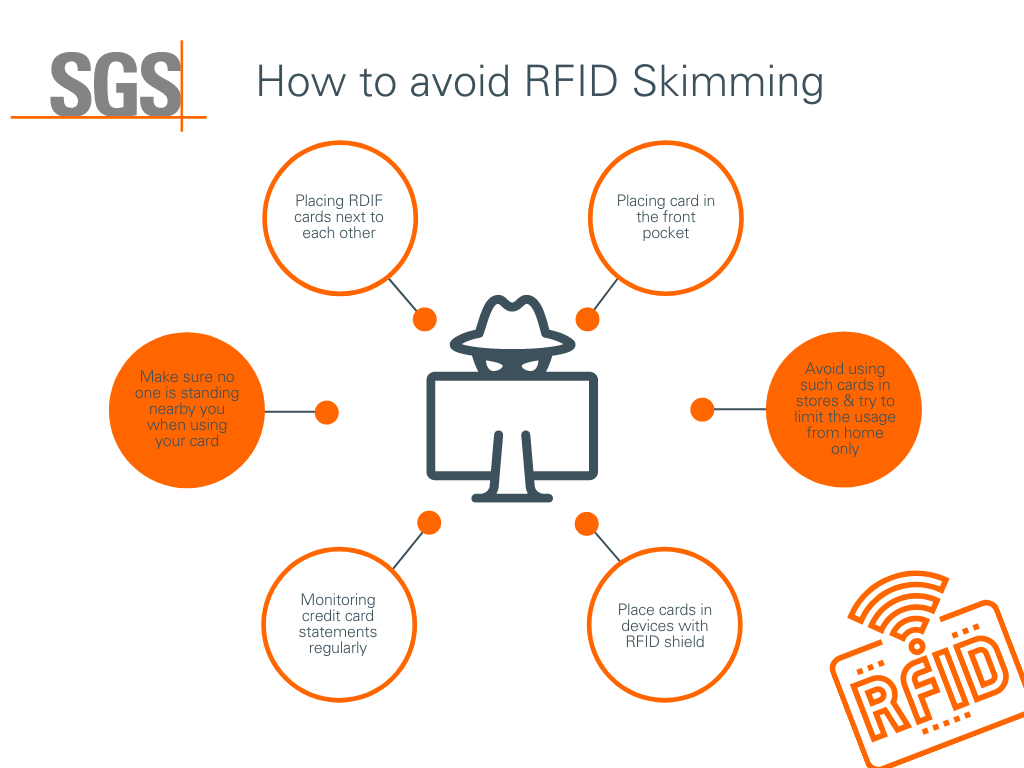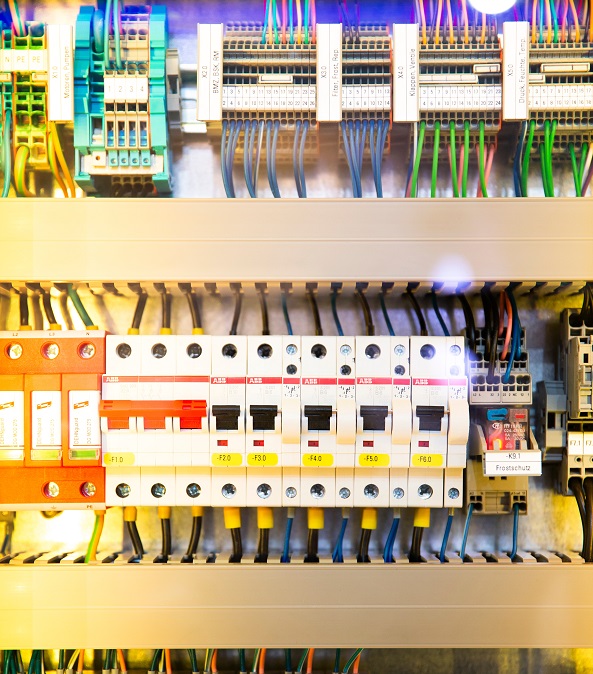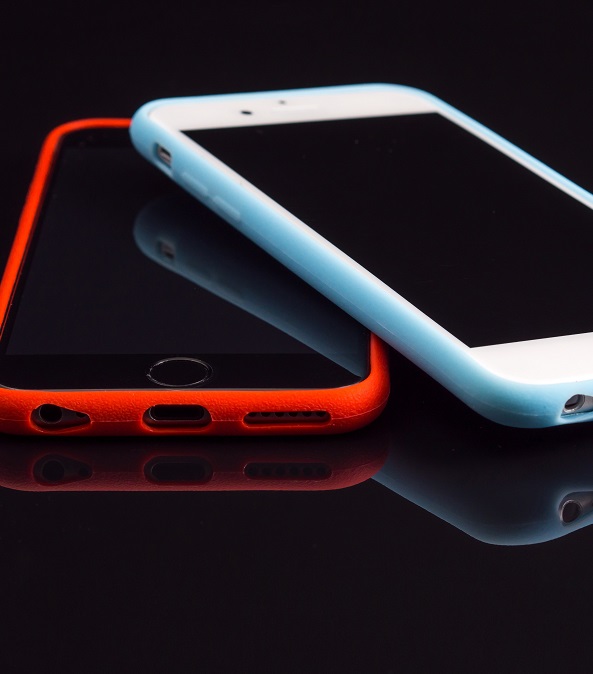Radio-Frequency Identification (RFID) is the use of radio waves to read and capture information stored on a chip attached to an object. An RFID chip can be read from up to several feet away. RFID chips, or “tags,” have been used by businesses for years to manage inventory and shipments, and they have been used in access badges for security systems.
More recently, RFID chips have been used to make credit cards that can be read without being scanned through a machine, and they have also been added to some passports and driver’s licenses. The idea is to improve convenience and security.
However, security experts have shown that a thief with an RFID reader could also steal your credit card number or personal information just walking by you, also known as RFID skimming.

Fortunately, radio waves are relatively easy to interrupt and block, and that’s how an RFID-blocking product works; they encase your credit cards in a material that interferes with radio waves and prevent communication between your cards and RFID scanners.
But how can you evaluate the effectiveness of these products?
As the world’s leading Testing, Inspection, and Certification company, SGS offers various services where our experts conduct a series of testings to ensure the contents remain protected from even the most powerful scanning devices.

